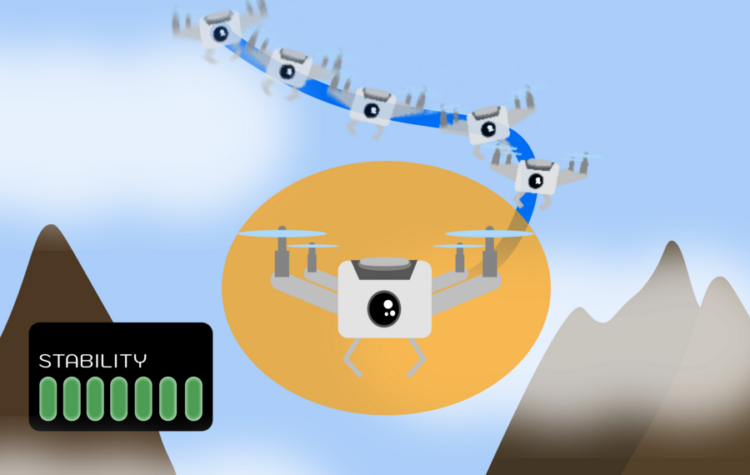
Neural network controllers provide complex robots with stability guarantees, paving the way for the safer deployment of autonomous vehicles and industrial machines.

With generative AI models, researchers combined robotics data from different sources to help robots learn better.
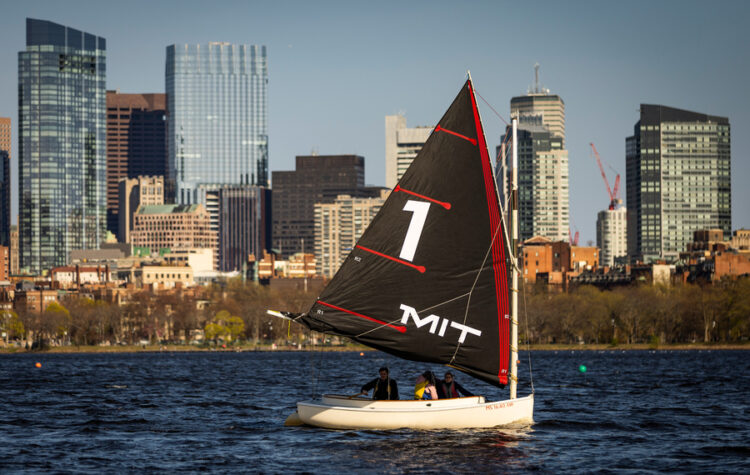
Ranking at the top for the 13th year in a row, the Institute also places first in 11 subject areas.

Guoping Feng, Piotr Indyk, Daniel Kleitman, Daniela Rus, Senthil Todadri, and nine alumni are recognized by their peers for their outstanding contributions to research.
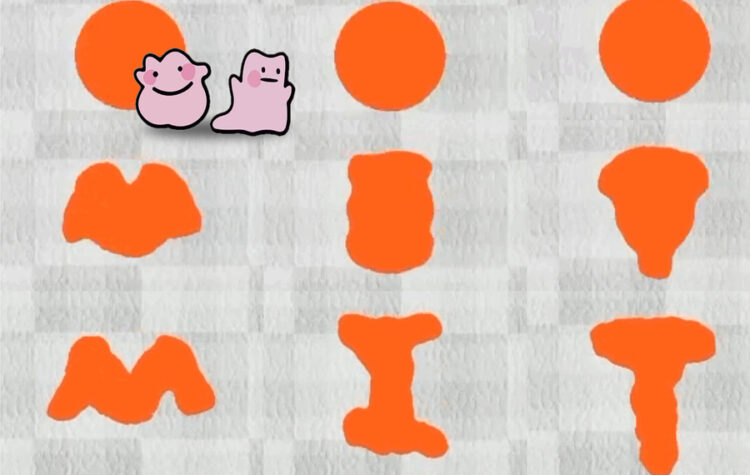
A new algorithm learns to squish, bend, or stretch a robot’s entire body to accomplish diverse tasks like avoiding obstacles or retrieving items.

The Institute also ranks second in five subject areas.
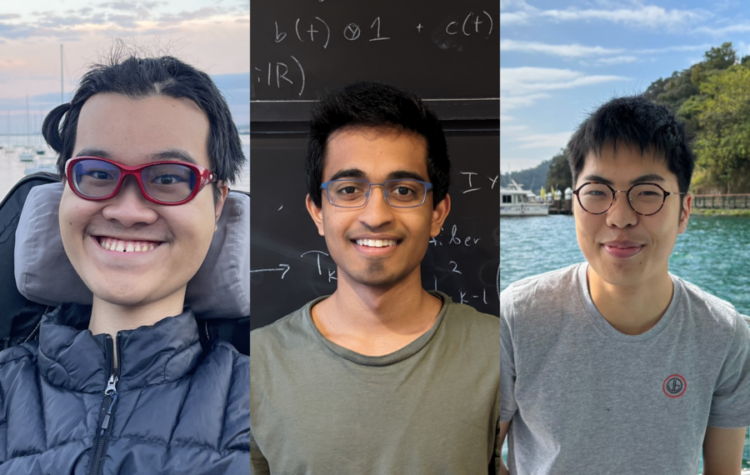
Undergraduates Ben Lou, Srinath Mahankali, and Kenta Suzuki, whose research explores math and physics, are honored for their academic excellence.
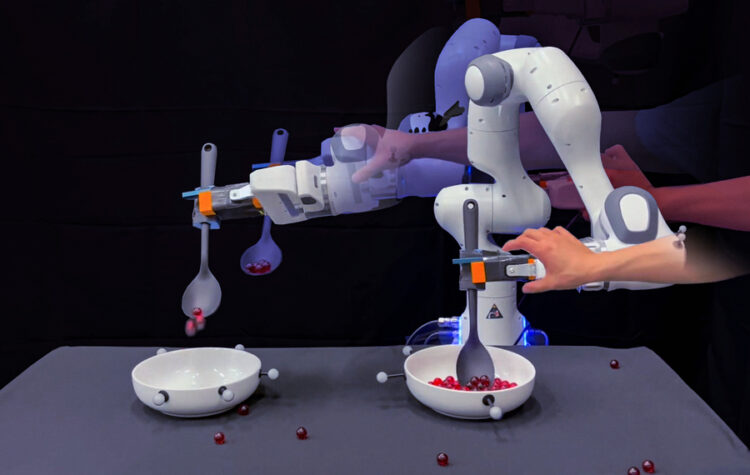
With help from a large language model, MIT engineers enabled robots to self-correct after missteps and carry on with their chores.
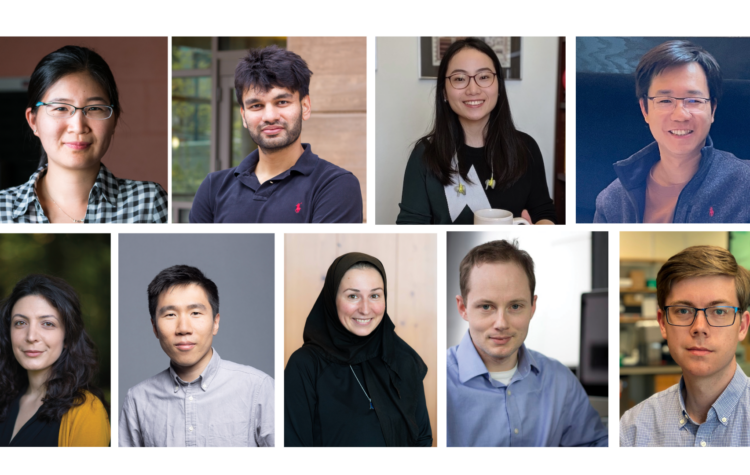
The Department of Electrical Engineering and Computer Science (EECS) is proud to announce multiple promotions.

The MIT senior will pursue graduate studies in technology policy at Cambridge University.